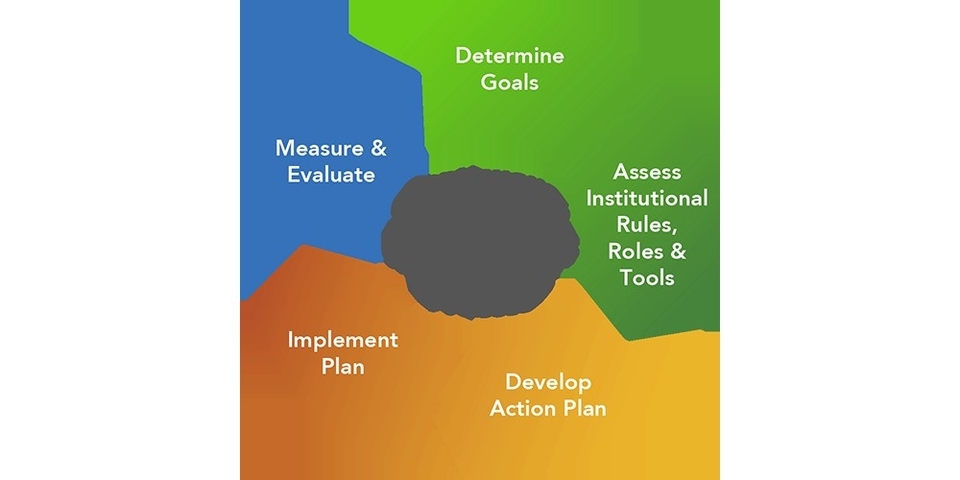
Continuous Improvement Process (CIP) is a term that refers to the ongoing effort to improve products, services, or processes in an organization. CIP can be applied to any aspect of the business, such as quality, efficiency, customer satisfaction, innovation, or employee engagement. CIP can also be seen as a culture or a mindset that encourages learning, experimentation, and feedback. ??
There are different models and methods that can be used to implement CIP, such as Lean, Kaizen, Kanban, Scrum, and Six Sigma. Each of these approaches has its own principles, tools, and practices, but they all share the common goal of delivering value to the customer and eliminating waste. Some of the benefits of CIP are:
– Increased productivity and profitability
– Reduced costs and errors
– Enhanced customer loyalty and retention
– Improved employee morale and motivation
– Fostered innovation and creativity
One of the most widely used frameworks for CIP is the Plan-Do-Check-Act (PDCA) cycle, which involves four steps:
– Plan: Identify the problem or the goal, and devise a solution or a plan of action.
– Do: Implement the solution or the plan, and collect data on the results.
– Check: Analyze the data, and compare the results with the expected outcomes.
– Act: Based on the analysis, either adopt the solution or the plan, or modify it and repeat the cycle.
If you want to learn more about CIP and its various models, you can check out these resources:
– [What is continuous improvement and which tools are needed? – Atlassian](^1^)
– [Continual improvement process – Wikipedia](^2^)
– [All about Continuous Improvement | Smartsheet](^3^)
– [What is Continuous Process Improvement (CPI) | Cflow](^4^)
I
